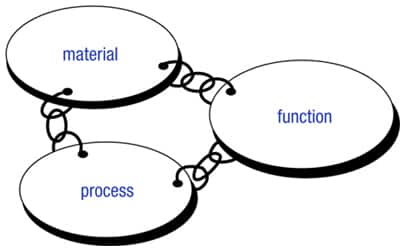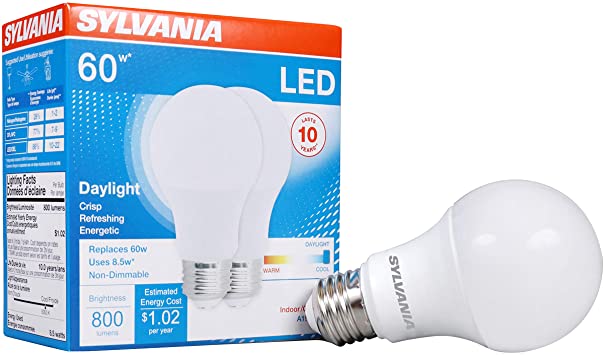
The short answer is yes. MTBF is an expression of the likelihood of failure during the product’s lifetime. Put simply, the longer the MTBF is, the less likely it is that the device will fail during its lifetime. For example, the brakes in your car have a relatively short lifetime, perhaps three years with average use, but you want them to be very reliable during that time. End-of life is defined as failure – but what is ‘failure’ anyway?
There are lots of phrases that describe this – perhaps the best one for lighting applications is also one of the simplest: “if the product can no longer perform the application for which it is intended then it has failed”. The phrase ‘no longer fit-for-purpose’ should be relatively easy to define for an LED bulb – if you no longer get enough light out of it, then that is a failure. Moreover, when the light flickers and hiccups for a long time during start-up that could also be considered a failure. However, the typical specification for an LED bulb runs to perhaps 20 or more line items (a lot more if it is a smart bulb), but an aging bulb that fails to meet many of them would not fit the average user’s definition of failure as described above.
This is important. If a bulb at the end of its life was required to deliver output that met the complete specification at the beginning of its life, electrolytic output capacitors would not be used to limit current ripple (for example). Replacing the aluminum electrolytic output capacitors with ceramics (which have an extremely long life) would insure that output capacitance stayed high, but the capacitance per unit volume and price of ceramics makes their use impracticable.
Replacing an aluminum Electrolytic capacitor with ceramics in a bulb would be challenging.
So the engineer has the challenge of deciding which parts of the specification the bulb needs to meet as it begins to age and which parts it does not. For most applications, increasing output ripple will not be seen as a cause of failure by the user, so the engineer can accept the reduction in performance that comes with using components (such as electrolytic output capacitors) that are necessary for a practical design.
Yet electrolytic capacitors cannot be used everywhere in the circuit because they can cause the type of failure that users will not accept. The use of single stage LED drivers, PFC and constant current (CC) combined into a single switching stage, eliminates electrolytic bulk capacitors from the input stage. (A weakness of two stage converters, which have separate PFC s and CC driver stages, is that they need a bulk -capacitor which, as it ages, reduces capacitance and eventually results in a bulb that may be reluctant to start or may fail completely.)
2-stage converters use a bulk capacitor in a location, which will eventually cause a hard failure.
Single-stage converters have no lifetime-ending bulk capacitor but accept non-lifetime ending higher output current ripple.
Perhaps the best known trade-off in performance against time is in the drop off in light output (lumens) that is associated with the degradation of the phosphors in the LED. Figures like L-70 (a subject for another discussion) are used to describe how well the LEDs in an application perform above a minimum light output specification.
If a light dims over time, often it isn’t a problem as the user will typically notice; however if a bulb in the set fails and a replacement is added (assuming you can still find one of the same model and type) then the light output may be noticeably different. Fortunately, the human eye is poor at detecting relative light intensity, so light output requirements (at end-of life) that are implicit in the L-70 figure exploit this fact. It is possible to design a lamp that increases the drive current to compensate for a reduction in lumens per watt from the LEDs. This is not a common design requirement due to the cost of the necessary detection circuitry. The rise of smart lighting (especially in Europe and North America) may lead to the introduction of this kind of feature in more lighting applications in the future.
It is clear that the parts of the specification that a customer can accept are dependent on how the human eye perceives light, so in order to determine what parts of a lamp’s operation are critical to maintain over-time, it is useful to understand what the human eye can distinguish and tolerate– therefore the next topic we will look at is Macadam ellipsis, intensity perception and frequency/amplitude considerations for output ripple.


